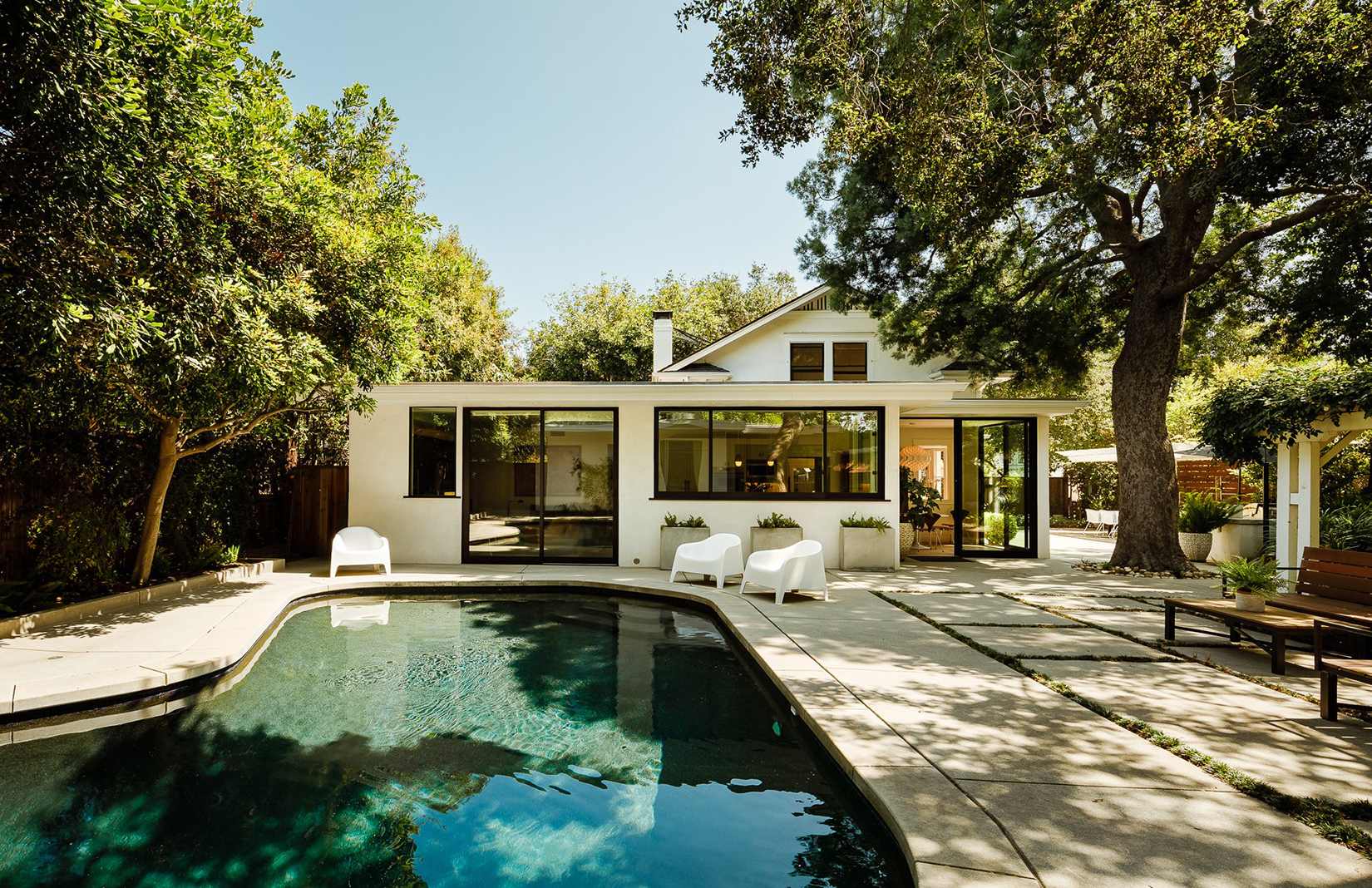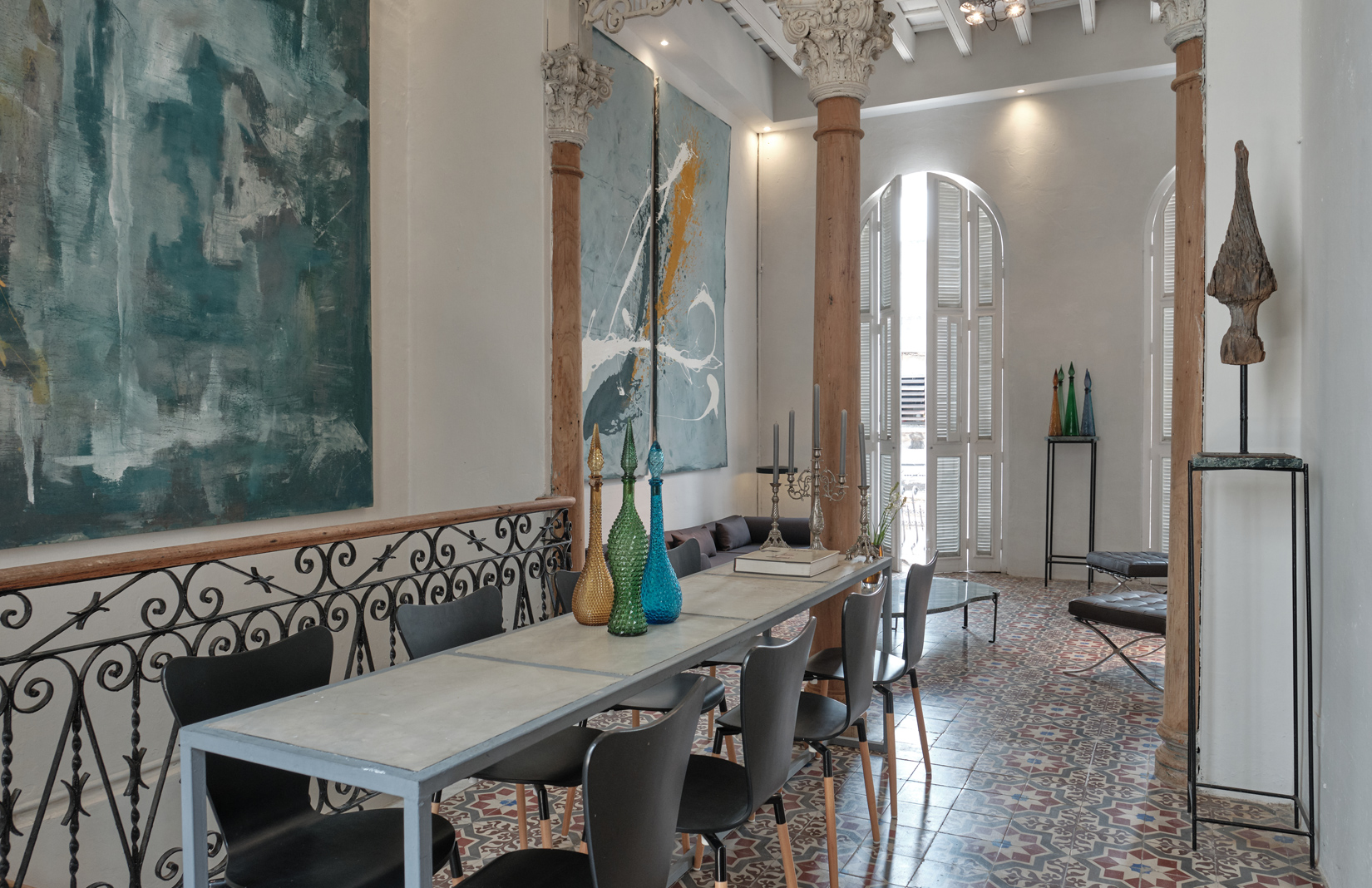Like to get your heart rate going while you sight-see? For the intrepid architectural adventurer, we’ve pulled together the most spectacular mountain landmarks that are a fitting reward for a long hike. Prefer adventures on four wheels? We’ve added some remote roadside marvels with killer views.
Building in the mountains is no easy task. Extreme environments have to be respected and make the cost (and task) of bringing a building to fruition even tougher. But it makes the final results even more thrilling…
Madonna della Corona church, Verona, Italy

Perched on a sheer cliff on the Monte Baldo, the Madonna della Corona dates back to 1522 and though it looks like it’s hanging mid-air, the gravity-defying chapel actually sits on a thin shelf of rock. The sacred space is reached via a long 2-hour trek that rises some 1,800 ft from the small village of Brentino and was originally a hermitage. A church was built at the site in the 1530s and expanded and updated through the centuries, most notably in the 1970s when the crumbling structure was taken down and rebuilt, retaining as many of its historic features as possible. Today pilgrims can trek up a staircase of 1,500 steps carved through the mountain. (A word of warning, it’s not an easy walk.) For those who can’t make the climb, Madonna della Corona is also accessible from the village of Spiazzi on top of the mountain.
Trollstigplatået, Møre og Romsdal, Norway

Part of Norway’s National Tourist Routes project, the Trollstigplatået or ‘troll’s ladder’ is a viewing platform above the tree-covered Trollstigen plateau. Norwegian practice Reiulf Ramstad Architects conceived the project, which is accessible by car and comprises a visitor centre – with an angular roof evoking the steep incline of the surrounding fjord – and a corten-steel walkway that zig-zags its way across the hillside.
Messner Mountain Museum Corones, South Tyrol, Italy

It’s quite a hike to get to Zaha Hadid’s Messner Mountain Museum Corones, which is embedded in the summit of Mount Kronplatz in South Tyrol. The space-age structure is the sixth and final Messner Mountain museum – a network of museums established by celebrated climber Reinhold Messner that cross South Tyrol and Belluno, and are dedicated to mountaineering.
Corones’ can be reached via a 4-hour walk from San Vigilio di Marebbe along an old military trail – or by cable car. The museum’s free-form design looks like a marooned UFO that has crash-landed on the mountain peak. Its subterranean exhibition space is dedicated to 250 years of mountain climbing history, with a special focus on the evolution of mountaineering equipment.
Norwegian Wild Reindeer Centre Pavilion, the Dovrefjell mountains, Norway

Snøhetta designed this observation pavilion to tread lightly on its picturesque surrounds in Hjerkinn, on the outskirts of Dovrefjell National Park. The 90 sqm building was constructed in 2011 and comprises a striking glass and steel volume that reflects the big skies and rugged terrain. Inside is a wooden seating area with an organic form is inspired by natural rock formations. The pavilion has startling views out across the Dovrefjell mountain range and is reached via a 1.5 km hiking trail.
Skybridge in Langkawi, Malaysia

Clocking in at 125 metres in length, Langkawi’s Skybridge is among the longest freestanding, curved suspension bridges in the world. The pedestrian bridge was designed by Peter Wyss and sits on top of the Machinchang mountain, where it is suspended from eight cables about 100m above ground. It underwent a complete renovation in 2012 and reopened to the public in 2015. The bridge is only reachable by cable car and is designed with viewing points across the dramatic tree-covered landscape.
The Pass Museum at Timmelsjoch, Tyrol, Austria

Undaunted by the prospect of building at high altitude, Werner Tscholl Architects upped the ante by defying gravity with The Pass Museum at Timmelsjoch, South Tyrol. The futuristic 16-metre-long cantilevered structure appears to hang over the swell of the mountainside.
The Pass Museum is the crowning jewel of five architectural structures which dot the 12-km-long alpine road linking North and South Tyrol. It is built on the border between Austria and Italy, with its entrance on the Austrian side and its window peeking into Italy. And because it sits next to the mountain highway, there’s no hiking required to visit the Alpine structure, which houses a permanent exhibition dedicated to the mountain pass and the area.
Tempio del Valadier, Genga, Italy

Tempio del Valadier sits inside the mouth of the Frasassi Caves in Genga and is known as the ‘refuge for sinners’. The neo-classical temple was designed by Giuseppe Valadier and built in 1828. It features an ornate domed roof and octagonal volume said to represent Jesus’ resurrection. The building originally housed a sculpture of Madonna and Child by Antonio Canova, which has since been moved to a museum and replaced with a replica. Today it’s a tourist attraction reached via a steep 700-metre climb from a parking lot at the base of the caves.
Stegastein lookout in Aurland, Aurlandsfjellet, Norway

Hovering 650 metres above Norway’s deepest fjord, the ‘Stegastein’ or Aurland viewing platform was designed by architects Todd Saunders and Tommie Wilhelmsen. The structure is the main attraction along the 30-mile-long Aurlandsfjellet Tourist Route, which is part of the larger National Tourist Route project. Despite its curvaceous, timber-lined form, it deliberately plays second fiddle to the views. ‘It was immediately obvious to us that in such beautiful surroundings one must make the least possible encroachment in the existing landscape and terrain,’ explain the architects. ‘To make the situation even more dramatic it was important for us to create the experience of leaving the mountainside. We wanted people to come out in the air.’
You don’t need to work hard to enjoy the scenery as it’s located just off the highway. Should nature call, you can make a pit-stop at Lars Berge’s photogenic concrete toilet block.
Read next: Explore the fascinating house museums of Mexico City























